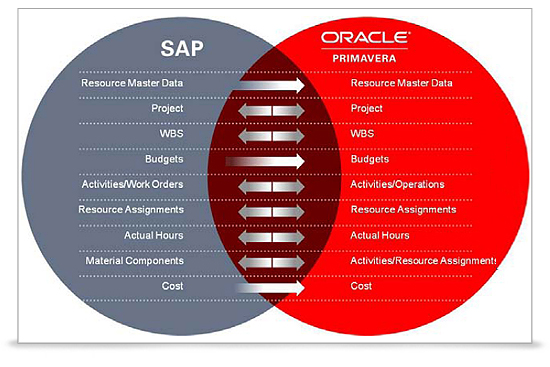In an, we advised changing the database password for the private user in order to improve the security of your Primavera P6 database. However, once either the private or public user database users have had their password changed, nobody will be able to access the Primavera P6 database from any of Oracle Primavera’s applications. In this post we’ll explain what needs to be done, once the DBA has changed the password for either of these users. The private user is normally called privuser and the public user is normally called pubuser, although they can be called anything. The private user in Oracle XE is called PRIVPRM$PM and the public user is called PUBPRM$PM. The default Oracle Primavera P6 installation will create them with the password set to the user name. Not very secure!

Message Queue for Events is supported for P6 Web, P6 Integration API and P6 Web Services only Oracle WebLogic 11gR1. Primavera P6 EPPM Release 8. Alain De Benoist The Problem Of Democracy Pdf. 2 Subject. Installing Primavera P6 Integration API, it is also available in the docs folder of your Primavera P6 Integration API installation folder. Administrator’s Guide.

For the sake of this post we’ll use privuser to refer to the private user and pubuser for the public user. You’ll just have to translate it into whatever names you are using. We’ll start at the moment immediately after the DBA has changed the password of privuser to ‘secret’ and the public user to ‘not-telling’.
We’ll cover the P6 Windows Client, Web Application and Integration API. Oracle Primavera P6 Windows Client Changing The Private User Password The first thing we have to do is deal with the change to the privuser password.
This only needs to be done once. Start the Oracle P6 Windows Client and click the ellipses button next to the Database entry to display a list of all configured database connections. Select the Database Connection that will connect you to the database where the privuser password was changed. Click on the Configure button to display the Select or Create Alias screen of the Database Configuration dialog. Click on the Back button for each screen until you come to rest on the What would you like to do? Screen of the dialog. Select the radio button for Administration Tasks and then click on the Next button to see the Select Administration Task dialog.
Select the Administer private database logins option and then click on the Next button to continue. Select the correct type of database and database alias from the Select Database Alias dialog that is displayed. Make sure you select the correct database. Once done click on the Next button to move to the next screen. This screen has no sub-title like the rest, but it does have three text boxes, two of which are empty. You should enter the name of your private user (privuser) into the Username text field and the password (‘secret’) into the Password text field.
This is required to be able to connect to the Oracle Primavera P6 database and make the necessary changes. The *Alias* text field should be filled in for you. Click the Next button to display a dialog that tries to explain the public group id and how it relates to privuser and pubuser. Primavera P6 allows you to use any number of public users and each one has to paired with a private user. It does this through something called the public group id. In most instances of Primavera P6 we have ever come across in the real world, the public group id is 1.
As you’ll see later on, the pubuser is assigned to a connection with a public group id. Oracle Primavera P6 first connects to the database as pubuser and reads a row in the PUBUSER table that has a PUBLIC_GROUP_ID column set to the value supplied when creating the connection. This table contains a column that holds the privuser name and one that holds the encrypted password for privuser. Having got those two, it logs onto the database using them, and then it validates the username and password entered to login to Primavera P6. Primavera P6 applications always run as the privuser database user. Click the Next button to be able to enter the privuser password. Intel Dg41wv Motherboard Drivers. This screen can be a little strange to use.